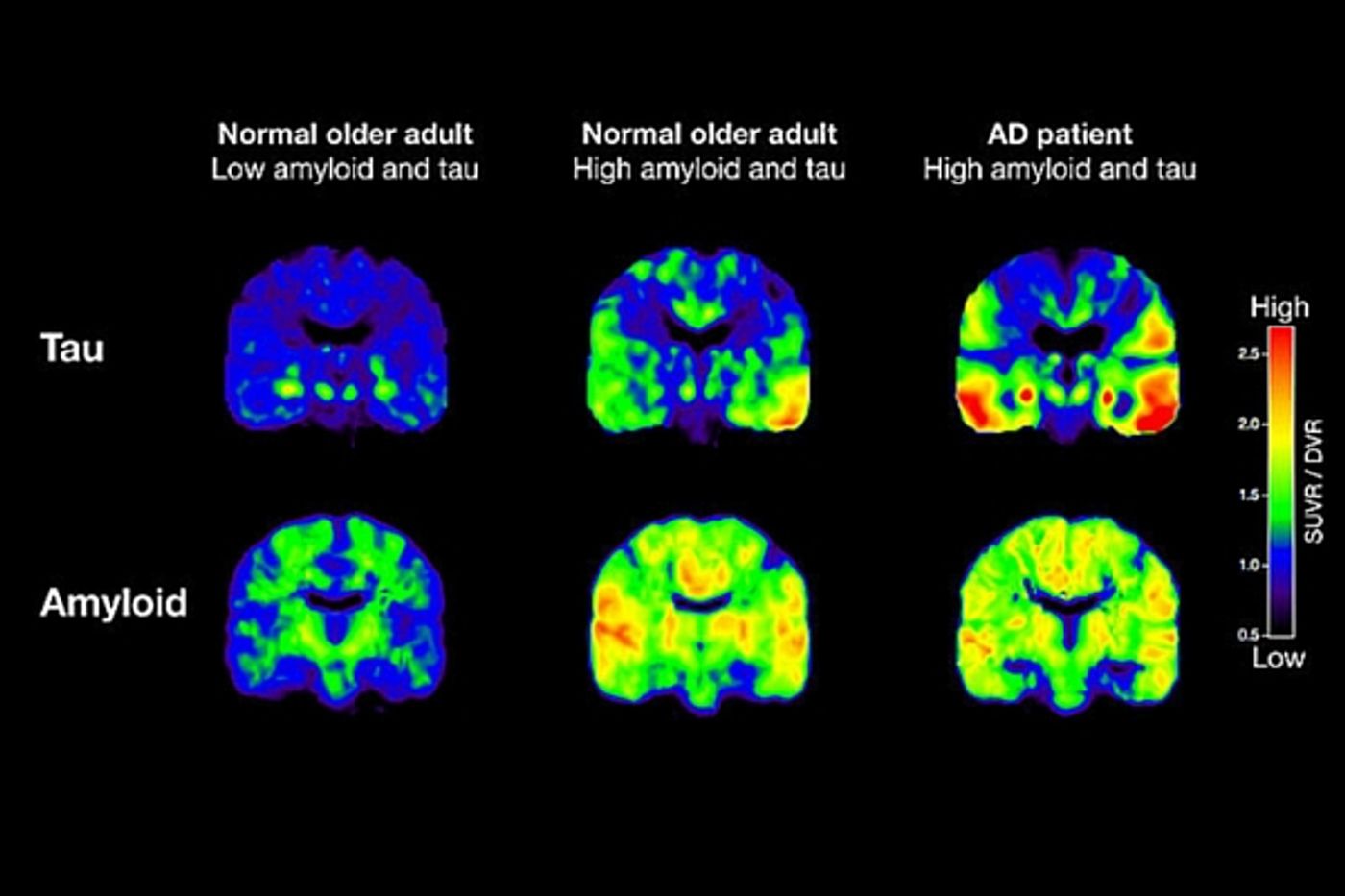The problem with many neurodegenerative diseases is that they are difficult to diagnose and observe when the patient is still living. Alzheimer’s, CTE and other forms of dementia are diagnosed by eliminating other causes, rather than being seen directly. However, new research led by scientists at UC Berkeley shows that PET scans can discover and even track the stages of Alzheimer’s disease in adults who do not yet show cognitive decline. The research also yielded important information about the two key proteins thought to be responsible for the disease, tau and beta-amyloid.
Positron emission tomography or PET scans provided the data for
the study which was published March 2
nd in the journal Neuron. While small, the results were still significant. The make up of the participants was as follows: A total of 53 adults participated. Five were aged 20-26 and 33 were aged 64-90. Both of these groups were cognitively health. The other 15 were aged 53-77 and had been diagnosed with probable Alzheimer’s dementia.
PET scans can show the build-up of the protein tau in the brain.
A staging process developed in 1991 by German scientist Heiko Braak is the standard by which Alzheimer’s disease can be quantified, but until now, it’s only been possible post-mortem.
In a press release from UC Berkeley’s School of Public Health, Dr. William Jagust, the study principal investigator and a professor at the Hellen Wills Neuroscience Institute said, “Braak staging was developed through data obtained from autopsies, but our study is the first to show the staging in people who are not only alive, but who have no signs of cognitive impairment. This opens the door to the use of PET scans as a diagnostic and staging tool.” The Braak staging has six levels, based on the amount of accumulation of tau protein in the brain. The fact that Jagust and his team were able to stage their results according to the Braak scale using PET scans is a first in neuroscience.
The study also provided new information on the interaction of tau as well as beta-amyloid plaques. The conventional wisdom has been that these amyloid deposits were the main cause of Alzheimer’s but more recent research has shown that tau deposits are also a likely factor since it gets tangled in the structure of neurons and impairs the synaptic connections, leading to memory loss and cognitive decline.
The team addressed the issue of these two proteins and how they might related since many people have tau or amyloid present in their brain, but some will go on to develop Alzheimer’s and some will not.
Jagust stated, “Amyloid may somehow facilitate the spread of tau, or tau may initiate the deposition of amyloid. We don’t know. We can’t answer that at this point. All I can say is that when amyloid starts to show up, we start to see tau in other parts of the brain, and that is when real problems begin. We think that may be the beginning of symptomatic Alzheimer’s disease.”
Funding from the National Institutes of Health helped support this research. Jagust worked with study co-lead authors Michael Schöll, a visiting scholar, and Samuel Lockhart, a postdoctoral fellow, both at UC Berkeley’s Helen Wills Neuroscience Institute. Check out the video below to see more about the study and what their findings could mean.









